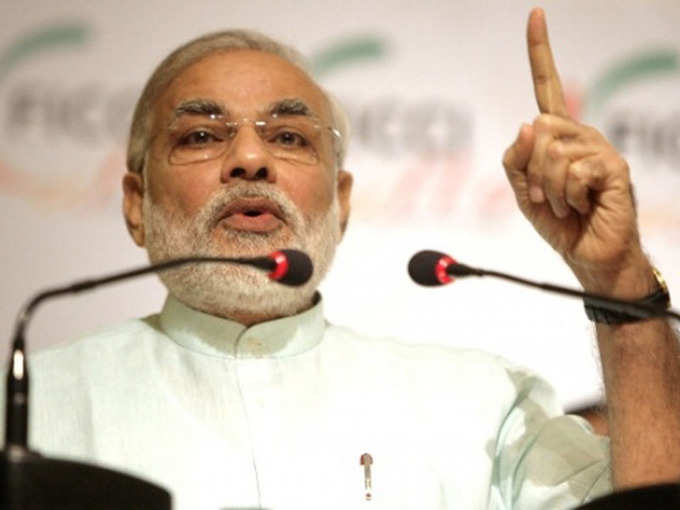
This is probably the most crucial
After Modi-led BJP clinched absolute majority in the Lok Sabha post a highly charged pan-India campaign that helped identify local needs and aspirations, people are now looking forward to the first Union Budget of the new government with a lot of enthusiasm.
Even during the election campaign, Modi seemed to have a finger on the pulse of each part of the country. His team of advisors and researchers seem to have their ear to the ground when they assess the requirements of each region in India. However, the fact that Modi had strategically spoken the language of the people and played the tune they wanted to hear from a man who could be their leader is quite obvious now.
While a Capitalist-favouring budget is being anticipated with measures helping entrepreneurial pursuits grow at large, sops for middle and small-scale businesses will also help the economy. Modi’s image as a mass leader who knows what the BPL category needs in order to be freed from a life of frugality and penury will surely help him to accomplish all these and more.
In the run-up to his Prime Ministerial campaign, Modi often spoke about bolstering the
As an indicator of positive anticipation, rupee rose by a considerable margin and markets have been swinging in favour of the times to come. While supporters are all gung-ho about the upcoming Union Budget, critics are treading cautiously, wondering if Modi overcommitted on his deliverables. Testimony of this lies in the fact that Modi’s government has minced no words on being inclined to allow 100% FDI in the defence sector. But in spite of the government’s promises, prices of petroleum products are rising steadily owing to changes in the international scenario.
Foreign investors want to see some tax reforms where the atmosphere is created for increased inflow of investments in the country. Business leaders within the country are hopeful that quicker decisions will be made now and red-tapism will be done away with, at least to some extent.
Political analysts are willing to give this budget a huge margin, hoping that the new government will take baby steps in creating a better manufacturing environment and thus make the future budgets more robust and focused, so that India may witness an impressive growth trajectory.
Modi has often spoken about devolution of power, with the provision of giving greater decision-making authority to the states – so that they can chalk out their own progress charts. If red-tapism is reduced, would it mean a smooth passage for the new business environment to boom? Answers are awaited on this front.
Corporate India, which could be the highest benefactor from the changed business ecosystem, would be closely watching what the first budget of the new government would offer. After all, managing the country for the next five years with a positive spin won’t be an easy job for the BJP after they criticised the previous UPA government on several fronts that may get out of hand even for the current government.
Failed monsoon is another factor that has turned into a bad omen of sorts for the new government. The agrarian sector is the majority segment of India’s economy and has been a huge stakeholder in the Union Budget for years. It would now demand a good deal of subsidies and support pledged by the government. And this will have to be done before going on to the business environment, failing which the BJP government would be upsetting the majority of its baseline voters who have pinned their hopes on it.
India’s economy grew 4.9% in 2013-14 after slipping to 4.5% in 2012-13. The current year’s financial growth is pitted at a good 5% but looks like a tall order for the time being.
All previous governments had faced the challenge and the new government, too, will have to take the bull by its horns. Inflation of essential commodities would piggy-ride the below-average monsoon, pushing the prices up by mammoth figures. Therefore, making policy-level changes to control prices must be done by the government in order to sail through the current financial year.